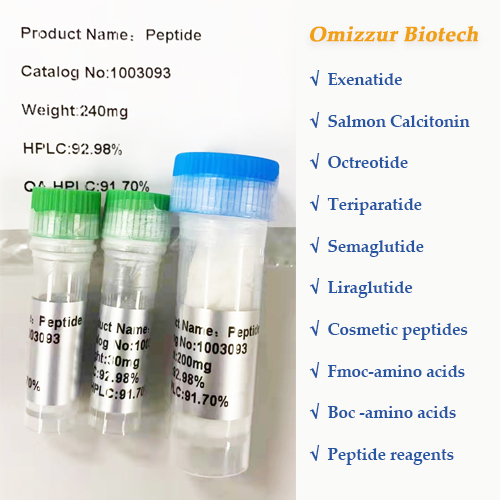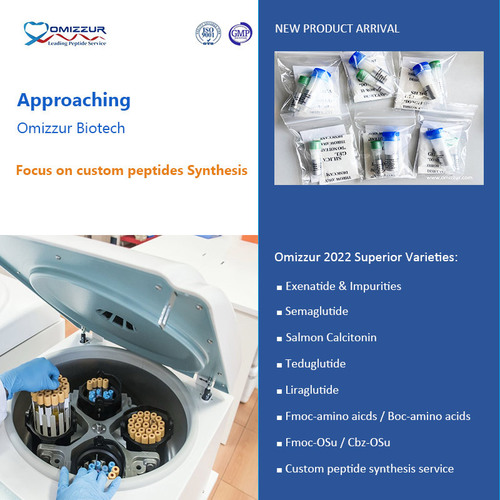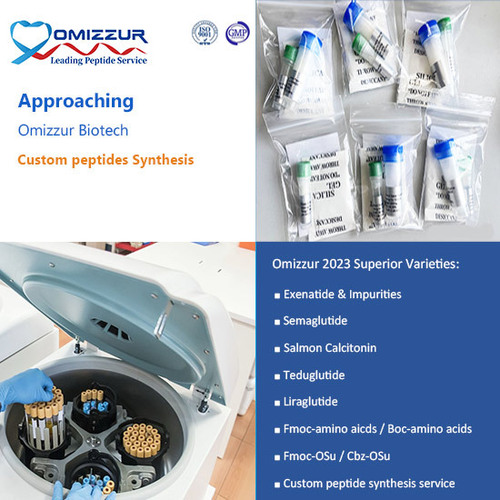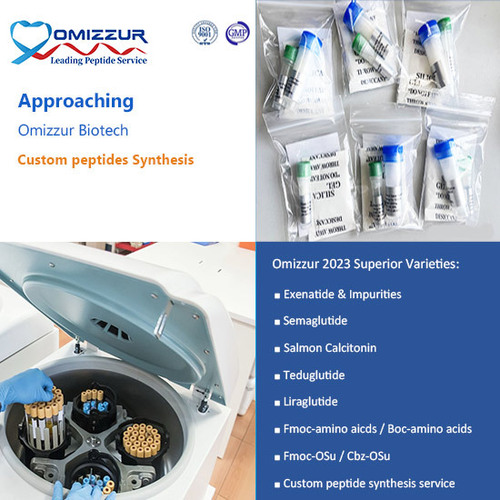
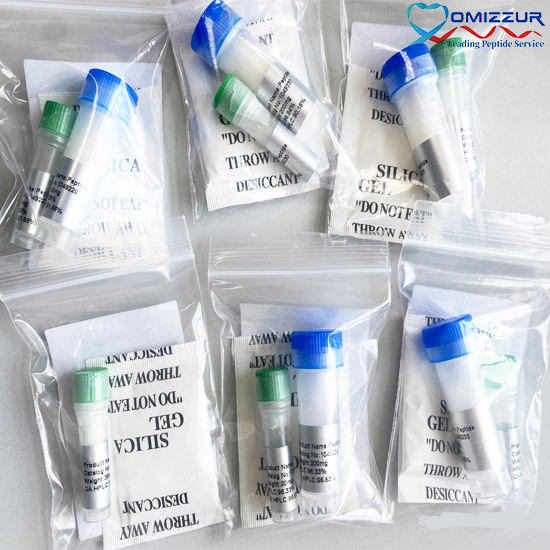
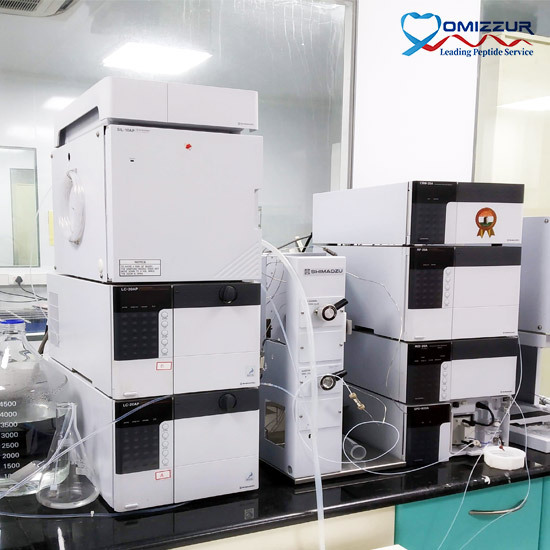
Peptide Impurity Synthesis
Product Details:
Peptide Impurity Synthesis Price And Quantity
- 800 USD ($)/Milligram
- 100mg Tube
Peptide Impurity Synthesis Trade Information
- Shanghai
- Paypal Western Union
- 5000 Tube Per Week
- 2 Week
- Yes
- Sample costs shipping and taxes has to be paid by the buyer
- 200mg
- Asia Central America North America Eastern Europe
- All India
- ISO 9001,COO TSE/BSE
Product Description
Sources of Peptide Impurities & Peptide Characterization
The solid-phase synthesis of peptides has been widely used nowadays. In the process of peptide synthesis and storage, related structural impurities are easily formed, such as amino acid loss, amino acid insertion, deamination, degradation products, etc. Many related structural impurities not only have no medicinal effect, but have certain toxic and side effects. Therefore, the European Pharmacopoeia requires qualitative analysis of related structural impurities with a content of more than 0.5%, quantitative analysis of related structural impurities with a content of more than 1%, and investigation of their toxic and side effects.
6 peptide impurities that appear during the synthesis & storage of peptides:
1. Amino acid deletion/ insertion
In solid-phase peptide synthesis, incomplete removal of amino acid protecting groups attached to the resin or the introduction of incompletely activated amino acids will reduce the efficiency of the condensation reaction, which will result in the loss of one or more amino acids in the entire peptide chain. During transportation and storage, peptides will also produce a small amount of degradation products, missing one or more amino acids at the N or C-terminus, which can also be classified as amino acid-deleted impurities.
In solid-phase synthesis of peptides, an excess of amino-protected amino acids is often added to ensure maximum condensation efficiency. However, if the excess reactants are not completely washed away after the condensation reaction, additional amino acids will be inserted into the target peptide sequence.
2. Protective group residues
In solid-phase synthesis of peptides, sometimes the protecting group cannot be completely removed (amino group protection, side chain protection, etc.), which will cause the protecting group to remain in the target peptide.
3. Oxidation / reduction
Certain amino acid residues are prone to oxidation/reduction reactions during solid-phase peptide synthesis. Prolonged exposure to light or exposure to air during storage of histidine and lysine can lead to the formation of oxidative impurities. The side chain of tryptophan can be oxidized to generate impurities under acidic conditions, and can also undergo reduction reactions.
4. Diastereomers
Amino acid racemization in peptides. Even a small amount of isomeric impurities, even a single amino acid isomerization, can greatly affect the overall biological function
5. Side chain / terminal modification impurities
Side chain impurities can be mainly divided into 2 categories: impurities introduced by side chain protecting groups and impurities introduced by amino acid side chain itself with reactivity. Such as the deamination of the side chains of two basic amino acids, asparagine and glutamine.
Chain-end impurities include two categories: one is the impurities produced by N-terminal acylation or C-terminal deamidation, such as N-terminal acetylation. Another class of impurities is those formed by reactive groups at the end of the chain.
6. Peptide aggregates
Peptide aggregation can be divided into two types, covalent and non-covalent, and the degree of its formation depends on various environmental factors. Covalent aggregates are usually formed by two monomers through amide bonds and disulfide bonds. Non-covalent aggregates are the result of weak interactions such as hydrophobic interactions and electrostatic interactions. Usually there is an equilibrium switch between non-covalent aggregates and their monomers. During the purification and storage process of peptide drugs, a certain amount of polymeric impurities may be generated.
Popular Peptides & Impurities:
Exenatide, salmon Calcitonin, Octreotide, Terlipatide, make an inquiry to Omizzur Services now.



